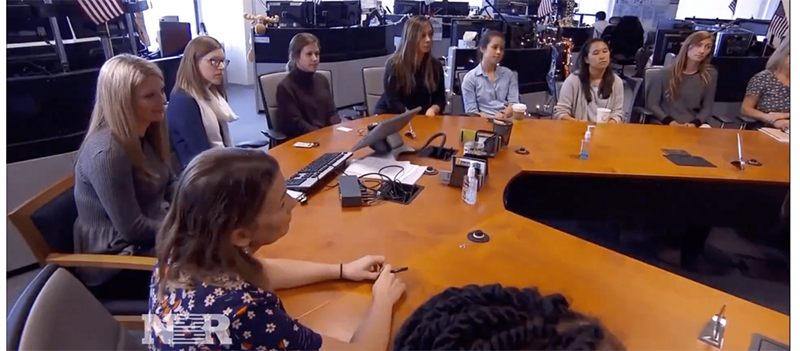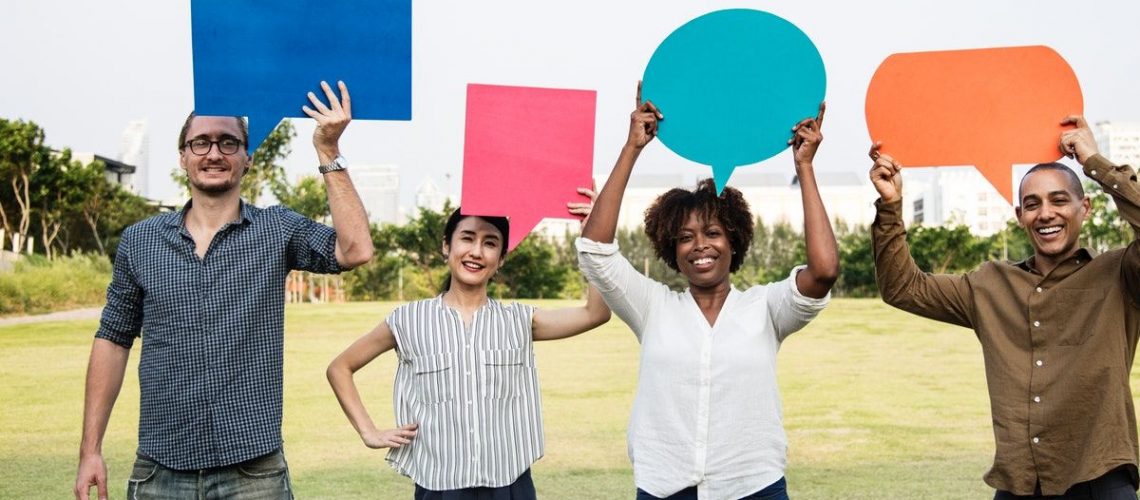This month Civil rights attorney Cyrus Mehri unlocks a new view on gender diversity that may have the answer to the next presidential election in America. Mehri is most known for his success in some of the largest and most significant race and gender cases in U.S. history, including Roberts v. Texaco Inc., which resulted in a $176 million award for discrimination, and Ingram v. The Coca-Cola Company, which resulted in a $192 million settlement. Both the Texaco and Coca-Cola settlements included a Court appointed Task Force overseeing sweeping improvements in promotion, compensation, evaluation and other HR systems.
What's the secret sauce to diversity?
Cyrus writes in Politico that, "Companies were 79 times more likely to hire a woman and 194 times more likely to hire a person of color when the finalist pool included more than one woman or minority." It turns out, instances of two or more diverse candidates upend a company's tendency to want to maintain its status quo, which is likely mostly male and mostly white.
"A single diverse candidate faces an enormous headwind—and a tiny chance of being picked for the job in the end. In contrast, when interviewers take the time to interview multiple diverse candidates in a fair and competitive process, the dynamic shifts norms and expectations, and creates a situation in which a diverse candidate is much more likely to end up winning the position."
Odds change when there are more diverse candidates
A 2016 study published in Harvard Business Review found there's statistically zero chance of a woman being hired if she is the only female finalist for a job. A 2016 study by Stefanie K. Johnson, David R. Hekman and Elsa T. Chan published in the Harvard Business Review revealed just that. Their research showed there is statistically zero chance of a woman being hired if she is the only woman in the finalist pool. But those odds go up dramatically when she is joined by a second female finalist. The same effect happens with more than one person of color.
Inclusive teams drive diverse outcomes
HR and line leaders can learn from this example. Often you hear "diversity" is needed when really that's the end game. Inclusion is what fuels diversity. What will it take to make a team more successful? The more we think about talent and building inclusive teams, the better chance we have at improving our culture and performance. One and done won't cut it. If you're not looking at inclusion across the spectrum of mindsets, genders, generations, ethnicities, and professional backgrounds, leaders are missing a crucial opportunity. The more we focus on inclusion, the better chance we have at a diverse and winning outcome.



